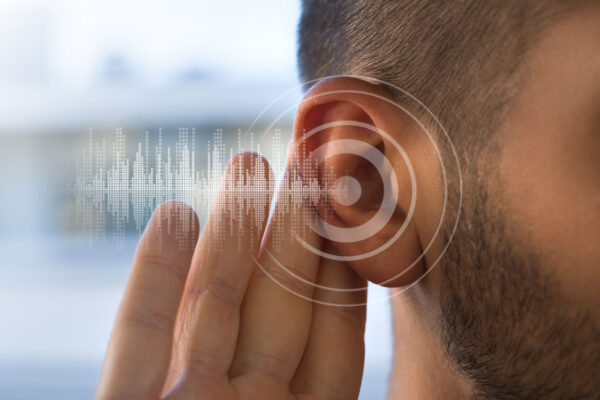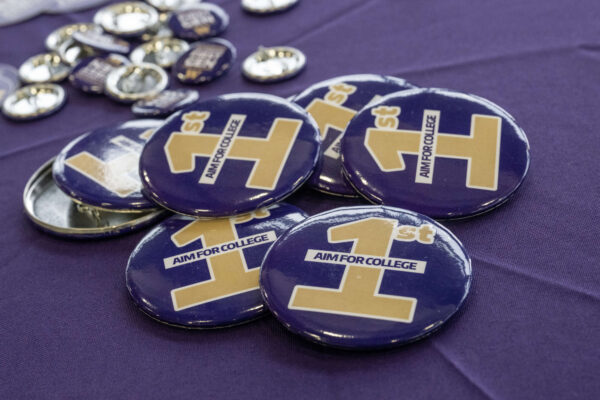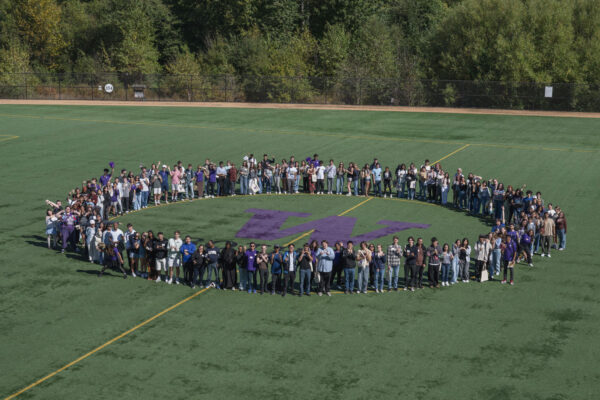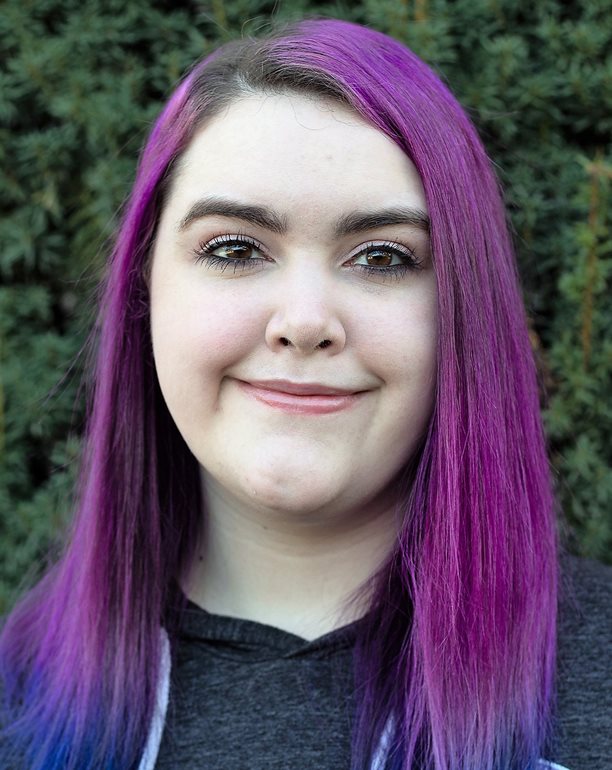
Amanda Thornton, a third-grade teacher at Ridgefield, Washington, saw her students were very afraid last fall when they talked about COVID-19. When she heard about a new teaching unit on the coronavirus pandemic, she thought it would be good project-based science and also “help kids meet that fear with some knowledge.”
Thornton field tested curriculum developed by a team from the University of Washington Bothell and Northwestern University. Dr. Carrie Tzou, a professor in the School of Educational Studies and director of the Goodlad Institute for Educational Renewal, led the effort at UW Bothell. OpenSciEd, a nonprofit that develops free science instructional materials for teachers, sponsored the project.
In the forefront
Teaching the unit in October and November, Thornton talked with her students about how the pandemic affected their lives. What looks different now? How do you feel about the fact things are different?
“It got kids naming what they were feeling and also took away some of that vulnerability,” Thornton said. “Saying you’re afraid of something isn’t easy, especially when it’s in front of your classmates that you’ve only seen on a computer screen.”
The curriculum gave the young students a safe space to say they were afraid and to hear that other people are afraid and it’s OK, Thornton said.
The children’s parents were also pleased with the program, she said. “Their kids weren’t as anxious anymore because they finally understood what was going on.”
Empathy and equity
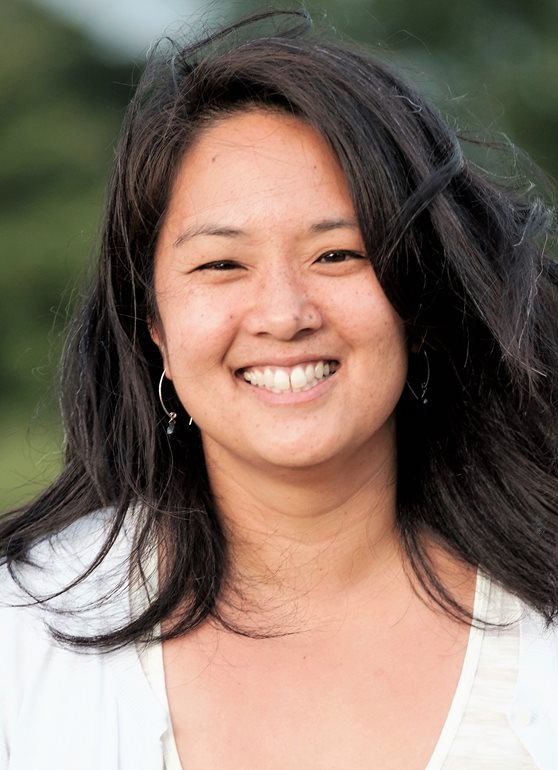
The close attention to students’ feelings was intentional, said Professor Tzou. The curriculum weaves emotion management, relationship decisions and empathy through science lessons.
“I hope there is a move to take time and reflect on what we’ve been through in the past year,” Tzou said. “This unit gives teachers tools to do that.”
In addition to the social-emotional dimension, the unit addresses issues of racial equity. Why might COVID-19 hit Black and Indigenous populations more than white populations? What actions can we take?
“I really liked the social justice piece,” Thornton said. “Talking about things like race and racism is never really easy. I think it makes all of us uncomfortable. So, having tools that guide you through that conversation is really helpful.”
The feedback from Thornton and other field testers reinforced teaching racial equity in science, Tzou said. “They thought that was really powerful. They said it was the first time they talked about these issues in a contemporary rather than historical context.”
Teaching science concepts

OpenSciEd officially partners with 12 states, including Washington. Thornton heard about the COVID-19 unit through the science coordinator with the Educational Service District for southwest Washington.
Tzou’s team and the Northwestern developers had begun work on the unit in June. By September they had the curriculum ready for field testing, which ran through December. Tzou said 28 teachers, including Thornton, across eight states participated, and about 660 students learned from the lessons.
The developers created units for K-2 and grades 3-5. There are six lessons in 30-minute blocks for K-2 and 10 lessons in 40-minute blocks for grades 3-5. The entire PDF with more than 200 pages of slides and worksheets are available through the OpenSciEd website.
Giving teachers tools
The lessons include simple activities that students can perform remotely, such as flicking water on the floor to learn about how droplets travel or blowing at bits of paper with and without masks to learn about air flow.
Taking feedback from field testing, the team revised the lessons over the winter, largely to include new information about vaccines. The revised curriculum will be available in the spring for teachers operating remotely or in-person. Tzou expects the curriculum will remain relevant in a post-pandemic world because it uses COVID-19 as an example to encompass science, social-emotional learning and racial equity.
“That was one of my motivations for doing this unit,” Tzou said. “Covid was a living example of how science and racial equity were so intertwined.”
